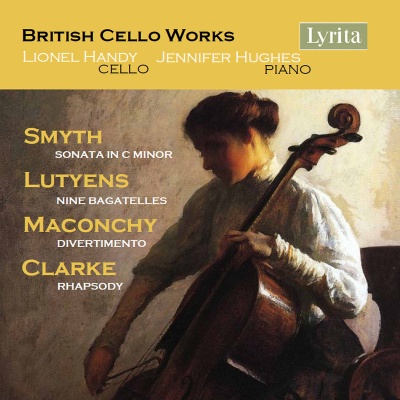
British Cello Works
A key figure in the British musical renaissance, Ethel Smyth was critically acclaimed for her music and writing during her lifetime. Smyth’s Sonata in C minor for cello and piano was written in 1880. The idiomatic handling of the instruments, the impressive command of form and the fluency of the melodic lines make this early work the equal, at least, of her later chamber pieces. The creative conviction of the composer Elizabeth Maconchy expressed here so eloquently, reflects her clarity of thought and strength of purpose. Her Divertimento for cello and piano was written for cellist William Pleeth and pianist Margaret Good, who gave the first broadcast performance on the BBC in 1943. The compositions of Elisabeth Lutyens are characterized by textural economy and organizational rigor. She wrote her Nine Bagatelles in 1942. The language of the work is indicative of a composer deeply connected to the music of her own era. Although Rebecca Clarke wrote most of her music in the early twentieth century, it was not until the final decades of that century that her stature was secured. Rhapsody for cello and piano is her longest and most intricate score.
